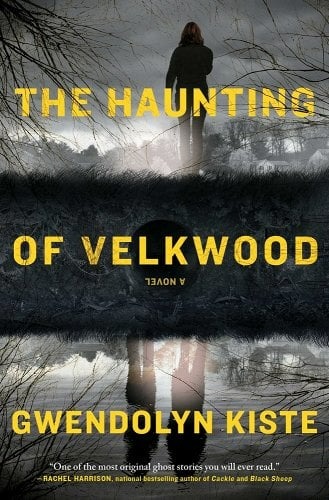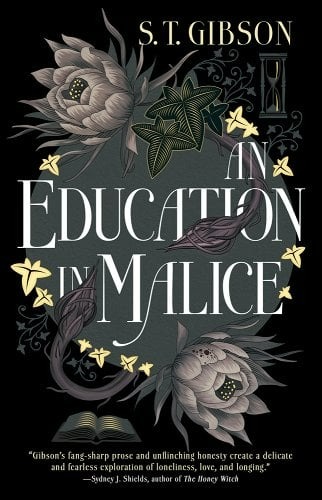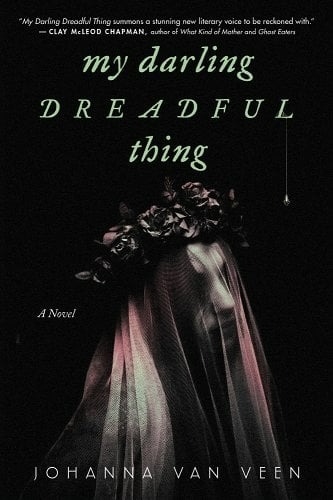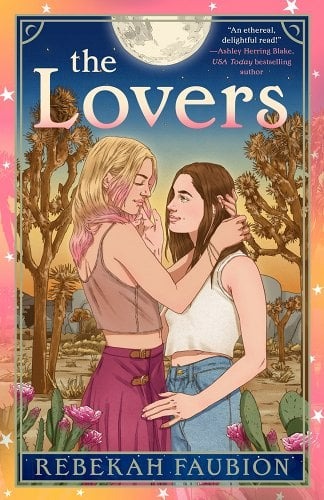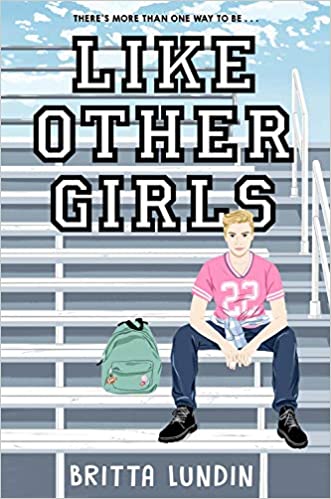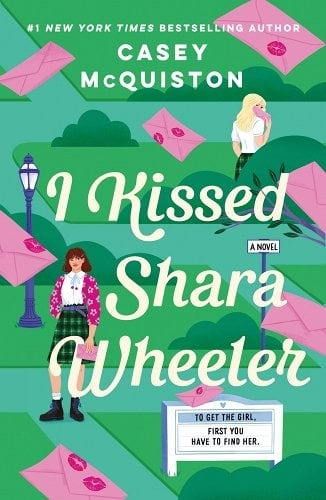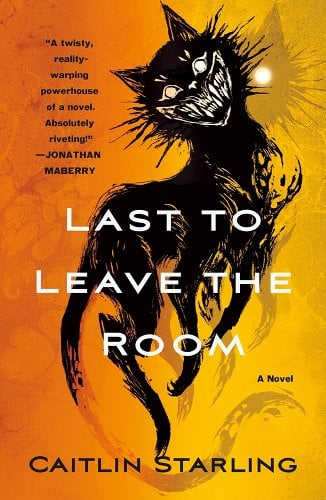If I had a nickel for every book I’ve read recently about a suddenly haunted suburb, I’d have two nickels. Which isn’t a lot, but I guess authors are stepping up to throw those sorts of neighborhood into the ghost void. The Haunting of Velkwood by Gwendolyn Kiste is a great little horror romp about a disappearing neighborhood,Read More
A Sapphic & Sanguine Vampire Gothic to Satisfy All Your Cravings: Thirst by Marina Yuszczuk
Are you searching for a spine-tingling sapphic read to round out your October TBR? Look no further! Thirst is a gorgeous Gothic novel that follows two women across two different time periods as they grapple with their seemingly insatiable desires. Written by Marina Yuszczuk (she/her) and translated by Heather Cleary, Thirst is told in two parts. In Part One, aRead More
All of the Sapphic Vampires, None of the Victorian Homophobic Overtones: An Education in Malice by S. T. Gibson
Like many queer women, I’m sure, I have a strange relationship with the original Carmilla. On the one hand, sapphic vampires are objectively sexy. On the other hand, the way the danger she poses is framed as inextricably linked to her queerness (and her foreignness) is, well, unpleasant, to say the least. I always say thatRead More
The Perfect Queer Gothic to Read on Halloween: My Darling Dreadful Thing by Johnna van Veen
I’ve been trying to spend the fall reading Gothic fiction, and as Halloween approaches, Johanna van Veen’s queer Gothic horror novel, My Darling Dreadful Thing (Poisoned Pen Press, 2024), is the perfect book for this time of year! Veen’s debut novel follows Roos Beckman in the 1950s. Roos has a spirit companion, Ruth, has been dead forRead More
Escaping Comphet Is In the Cards: The Lovers by Rebekah Faubion
When an advertisement for Rebekah Faubion’s The Lovers, a second chance romance about a tarot reader finding love again, came across my Instagram feed, I knew it would be a release day purchase. I have been practicing tarot for a couple years now and second chance romance is one of my favorite tropes to read, so inRead More
Queer Small Town Livin’: Like Other Girls by Britta Lundin
Mara loves basketball—which is a problem, because she’s currently not allowed to play. After getting in a fight during a game, her coach kicks her off the school team and bars her from rejoining until she can prove that she can be a team player. In an attempt to prove her ability to not let her angerRead More
Beyond the Surface: I Kissed Shara Wheeler by Casey McQuiston
There’s only one thing standing in Chloe Green’s way of winning valedictorian: the town’s favorite and Chloe’s rival, Shara Wheeler. A month before graduation, Shara kisses Chloe, then does the most infuriating thing: vanishes. Chloe and two other boys Shara kissed are left with a series of cryptic notes; a scavenger hunt to find her.Read More
5 Sapphic Vampire Books that are Perfect for Spooky Season!
One thing that you need to know about me is that I love vampires! Whether it’s Buffy the Vampire Slayer, Twilight, Interview with the Vampire, or What We Do in the Shadows, if a piece of media has vampires in it, then I want to consume it. Because of this, I figured that discussing someRead More
If Shirley Jackson Wrote Severance: Last to Leave the Room by Caitlin Starling
The first thing you’ll notice when reading the blurbs for Last to Leave the Room is that every reader seems to think it’s a different genre. Isaac Fellman says it “reads like Shirley Jackson writing an episode of Severance.” Apparently, this is a technothriller sci-fi speculative gothic horror novel, which I can’t say I’ve ever seenRead More
Blood, Sex, and Poetry: An Education in Malice by S. T. Gibson
“She kissed me with a martyr’s agonized desperation, like I was the only sword she ever wanted to fall on.” I’ve been eagerly anticipating this book since it was announced: I loved Gibson’s queer polyamorous take on Dracula’s wives in A Dowry of Blood, and I have written several times about my complicated relationship withRead More
- 1
- 2
- 3
- …
- 280
- Next Page »



